Full Guide To Blue Topaz vs. Sapphire (This is the Difference)
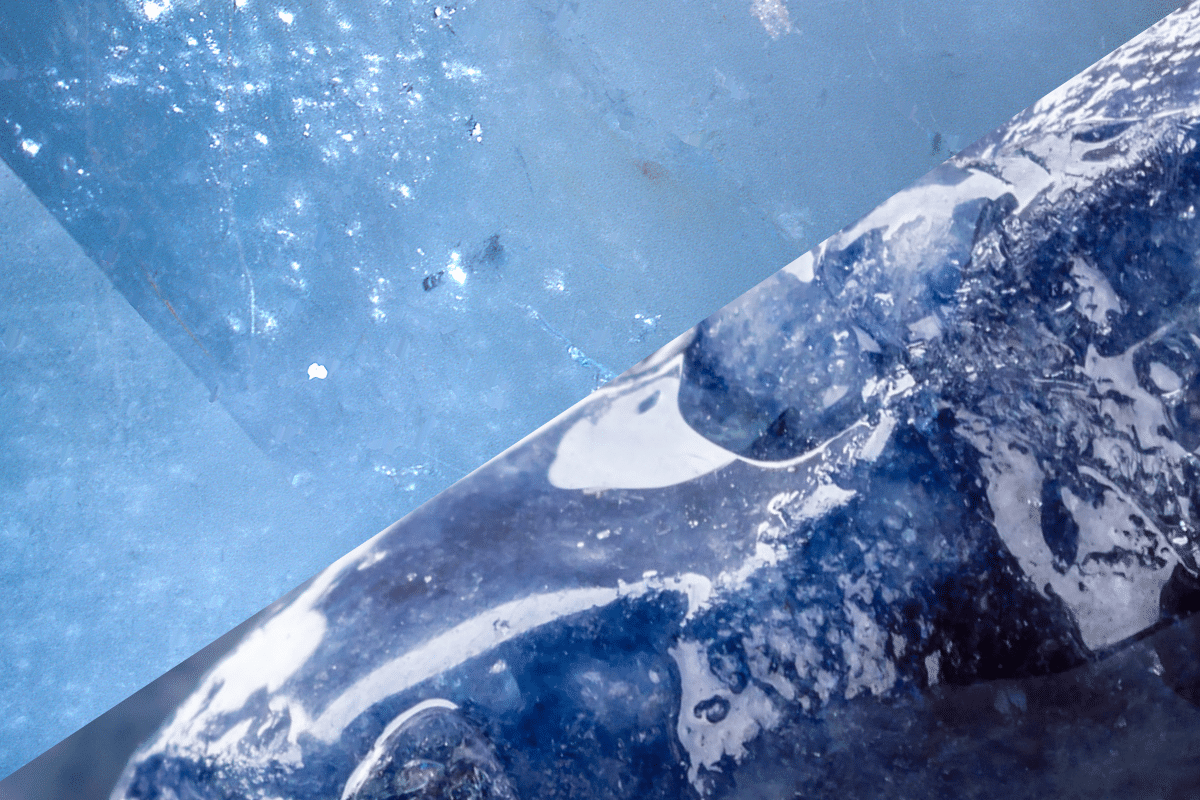
In order to work with our crystals effectively, we need to understand their properties. With crystals that look similar or have similar uses, such as blue topaz and sapphire it can be difficult to determine which one to work with. The answer should always be; the one that you are drawn to the most. However, if you are looking to find the difference in physical appearance as well as metaphysical properties, you’ll find your answer here.
Continue reading if you want to know more about the (physical) qualities of these stones, as well as how you can use them in your spiritual practice.
Also read: Full Guide To Aquamarine vs. Blue Topaz (This is the Difference)
Want more help or information? If you have any more questions after reading this blog post or want a personal answer for your specific situation, join the free Facebook group! We promise you’ll get an answer from either our team members or a community member.
Blue Topaz vs Sapphire – How To Tell The Difference?
In order to understand the difference between these two stones, we can look at the color, shape, pattern, clarity, and more. Below we’ll describe all these aspects in detail.
Chemical Composition
Both Blue Topaz and Sapphire exhibit very different chemical structures. The Blue Topaz is made up of aluminum, and hydroxyl-fluorine silicate or simply aluminum fluosilicate.
Sapphire, on the other hand, exhibits a chemical composition made up of aluminum oxide, which is commonly referred to as a variety of corundum because it contains two parts of aluminum and three parts of oxygen.
However, this gemstone has traces of other elements such as iron, vanadium, magnesium, titanium, and chromium.
Color
Just as the name suggests, Blue Topaz occurs naturally blue. Sapphire, too, is a blue gemstone. However, for the Blue Topaz, it occurs in three distinct colors of blue. These are: sky blue, gemstones of these color are identical and feature the blue sea. Swiss blue is the other color of the Topazes, and it is usually associated with the Caribbean Sea.
Finally, is the London blue. Gemstones with this color are usually very highly saturated. The distinct colors of the blue topaz are brought about by the varying amounts of chromium and iron.
Although sapphires are typically blue, some of them occur in different colors. These types of sapphires are called fancy and are in colors like yellow, orange, yellow, and green. The presence of vanadium and chromium brings about this color change.
Also read: Full Guide To Emerald vs. Sapphire (This is the Difference)
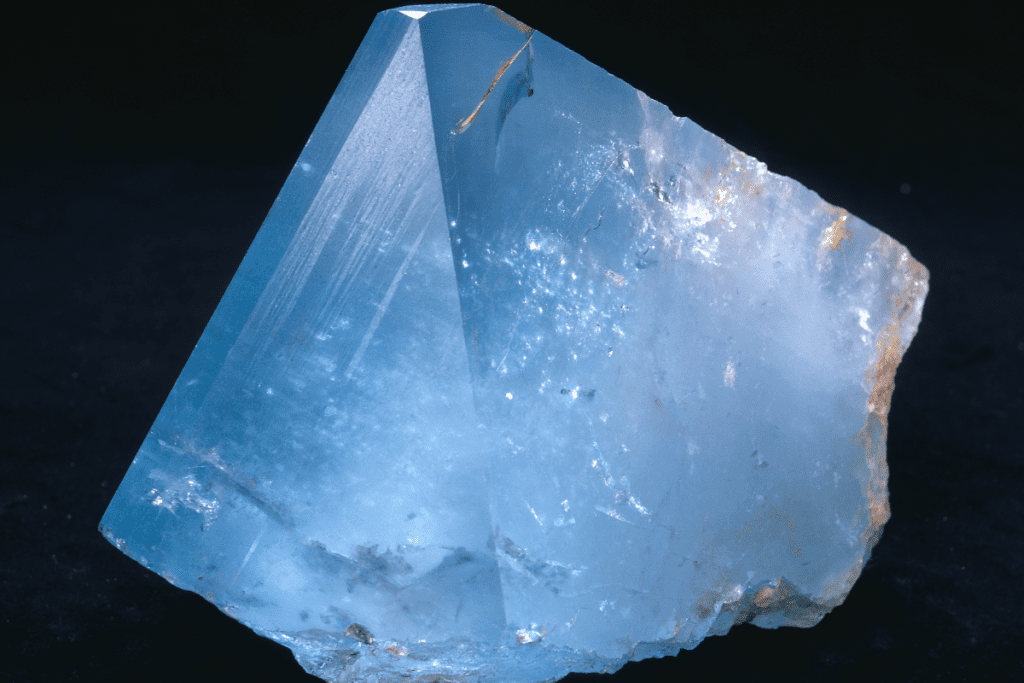

Clarity And Pattern
Blue topaz naturally occurs as a transparent, colorless stone. However, it may sometimes appear opaque due to inclusions. Its degree of transparency is relatively high and has a good reflective effect. Sapphires, on the other hand, are graded on a letter scale and graded AAA is the best.
These stones are transparent, and like the Blue Topaz, they have high reflective power. They have minimal inclusions and are thus graded high. The low-grade sapphire appears opaque. The sapphires are trigonal as they appear and hence a triangular pyramidal pattern.
Hardness
The Blue Topaz registers a hardness of 8 on the Mohs scale due to its rarity. This stone is hard. Despite its hardness, it should be treated with care as it is highly susceptible to fractures and scratches and thus should be handled carefully.
Sapphire is relatively very hard, as it ranks at 9 on the Mohs scale of hardness. It is very tough and with no cleavage. Due to its hardness and toughness, it rarely breaks, cracks or scratching.
Care
Topaz is best cleaned by use of warm, sudsy, clean water and a piece of soft cloth or a woven microfiber. However, ultrasonic and steam cleaners should be avoided. Topaz should also be stored in a place with minimal exposure to bright light, as some of them may fade. To minimize scratching, these stones should be stored separately.
Cleaning sapphires highly depends on the condition of the stone. The use of warm, soapy water is usually the safest method. However, the use of ultrasonic and steam cleaners is safe for the lattice diffusion treated stones and untreated and heat-treated stones. Moreover, the fracture-filled stone should only be cleaned using a damp cloth.
Also read: Full Guide To Tanzanite vs. Sapphire (This is the Difference)
Location
Blue topaz was first discovered in Germany. A large portion of the same gemstone was also found in Brazil, Nigeria, and China. Sapphires initially came from India. However, this gemstone has continually been discovered and mined in many more countries such as Australia, Ethiopia, Kenya, and Cameroon.
Uses
Home and Office
Having these two stones in your home brings out different and amazing energies. The sapphires bring in an energy filled with truth and integrity. It ensures that one can keep toxic vibes away, enhancing a peaceful home and workplace and prayerful-filled energy.
Blue topaz, on the other hand, fills the space with amazing energies of warmth, illumination, good communication, and creativity. In most cases, these gemstones are kept by writers as it helps them have brilliant ideas, bringing out a great piece of work.
Jewelry
These gemstones are used in the production of pieces of jewelry such as bracelets, rings, pendants, and earrings. These gemstones have powerful vibrations, which work better when in contact with the skin as there is no barrier. The distinctive color of these gemstones makes them classy and brings out beautiful jewels which boost one’s beauty and confidence.
Also read: Full Guide To Peach Sapphire vs. Morganite (This is the Difference)


Properties
Blue topaz is believed to nurture correctness, forgiveness, and truth. By so doing, it enhances great communication and compassion among people. During meditation, this stone is highly recommended, as it ensures a relaxed body and spirit by stabilizing emotions. It calms down emotions to unburden the soul.
Sapphire, on the other hand, is said to be a stone of wisdom, creativity, concentration, and purity. Just like the blue topaz, it calms the body and the mind by taking out unwanted emotions and thoughts. The black sapphire helps one to boost their self-confidence and also provides protection.
Chakra Association
Both gemstones are mainly associated with the throat chakra association. This chakra is very important because if, in any case, it breaks down, all other body chakras are affected. This is because it is a pathway for communication from the head to other parts of the body.
Moreover, these two stones activate the third eye chakra. This chakra enables one to perceive higher consciousness and enlightenment. When this chakra is activated, one is not prone to confusion, regret, lack of purpose, and cynicism.
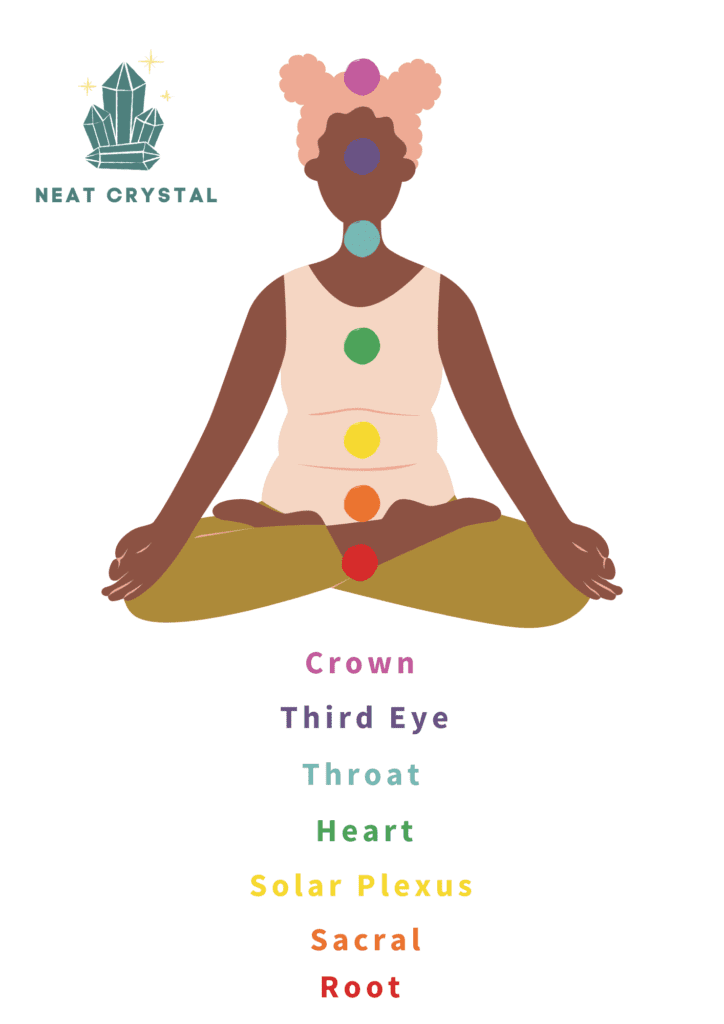
Zodiac Association
Blue topaz is believed to be a modern birthstone that belongs to December for the Virgo signal. It is an ascendant of the Taurus and Gemini. Being a birthstone symbolizes happiness, strength, and intelligence.
Sapphire is also a birthstone, but of September. It symbolizes self-realization and sincerity. Its zodiac signs are Pisces and Sagittarius.
Pisces is believed to be associated with love, high empathy, and romance. However, this sign ensures that those in professional careers become confident, competent, knowledgeable, and play a crucial role in their departments.
Moreover, the Sagittarius native is kind, generous, self-independence, and courageous. This sign is also known to be a moon sign.



Element Association
Both blue topaz and sapphire belong to the water element. According to the theories about the elements, these gemstones are well compatible with water-type people. These are people born under the birth month of these stones. These gemstones have mutual generation and control when worn by this type of person.
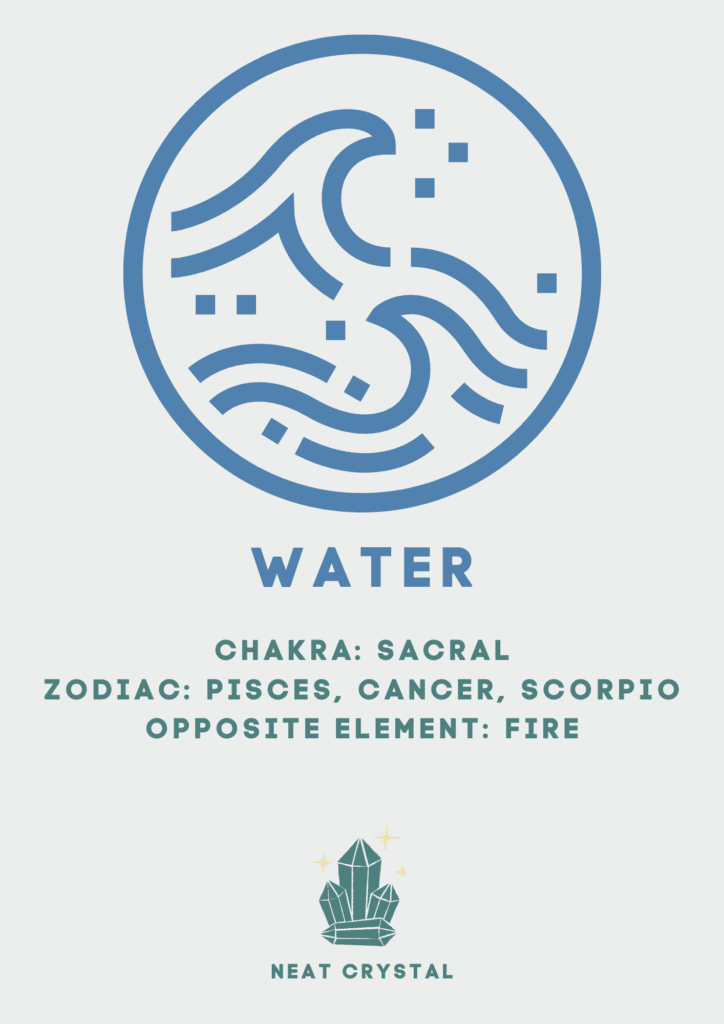
Ruling Planet
The Blue Topaz and Sapphire are said to represent the planet Saturn. This planet is said to symbolize hard work, order, and discipline. Blue Topaz is said to serve the planet Saturn because it is expensive and rare to find compared to other colorless gemstones.
In addition, both stones are known to be lucky as they enable one to find success. Blue Topaz, however, Is also linked to the planet Jupiter, which brings success and financial abundance. Sapphire is associated with Friday, which is also a day when Saturn planet is celebrated.
Also read: Full Guide To Lapis Lazuli vs. Sapphire (This Is The Difference)
Numerical Vibration
Both blue topaz as well as sapphire vibrate at 6. In numerology, this number represents responsibility and harmony. People resonating with the number are optimistic, intelligent, nurturing, responsible, creative, and social.A balanced 6 emits the energies of Venus. It influences romance, love, understanding, and sacrifice. This vibration leans towards service and compassion towards others.
Best Combination
Blue Topaz and Sapphire can be combined with other gemstones to bring out very excellent results. For instance, blue topaz can be combined with sodalite to achieve balance in your life. Communication skills can also be improved if blue topaz is combined with copper, howlite, or kunzite.
Another great combination with the blue topaz is the use of jasper, apatite, or rose quartz to bring in inner peace and composure. On the other hand, sapphire is combined with dravite and abolishes your depression and makes you have happy moods. It is also combined with diamonds to bring out great confidence and a positive impact on how one feels about themselves.
Sapphires and the blue topaz can also be combined to activate the third eye chakra. This enhances the inner vision and makes communication more effective. This combination allows one to communicate their mind, beliefs, and emotions. It is a great idea to combine different gemstones for better results to be achieved.
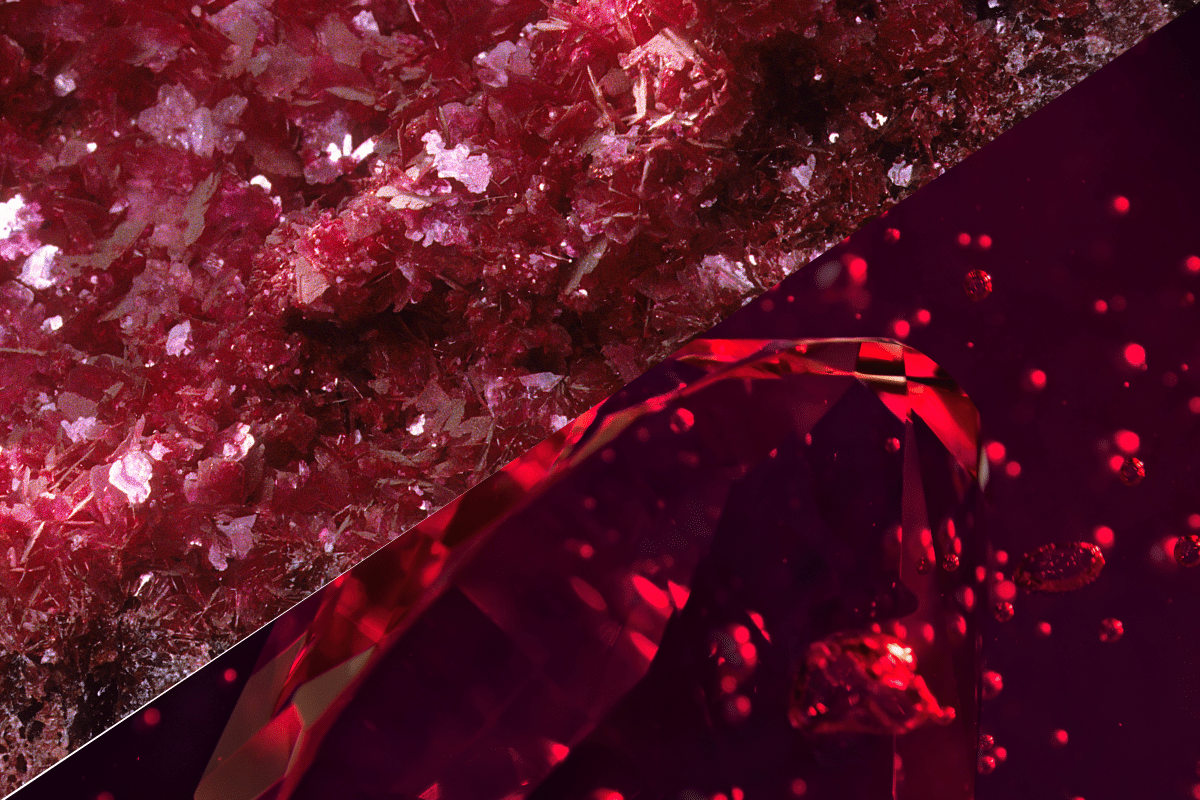
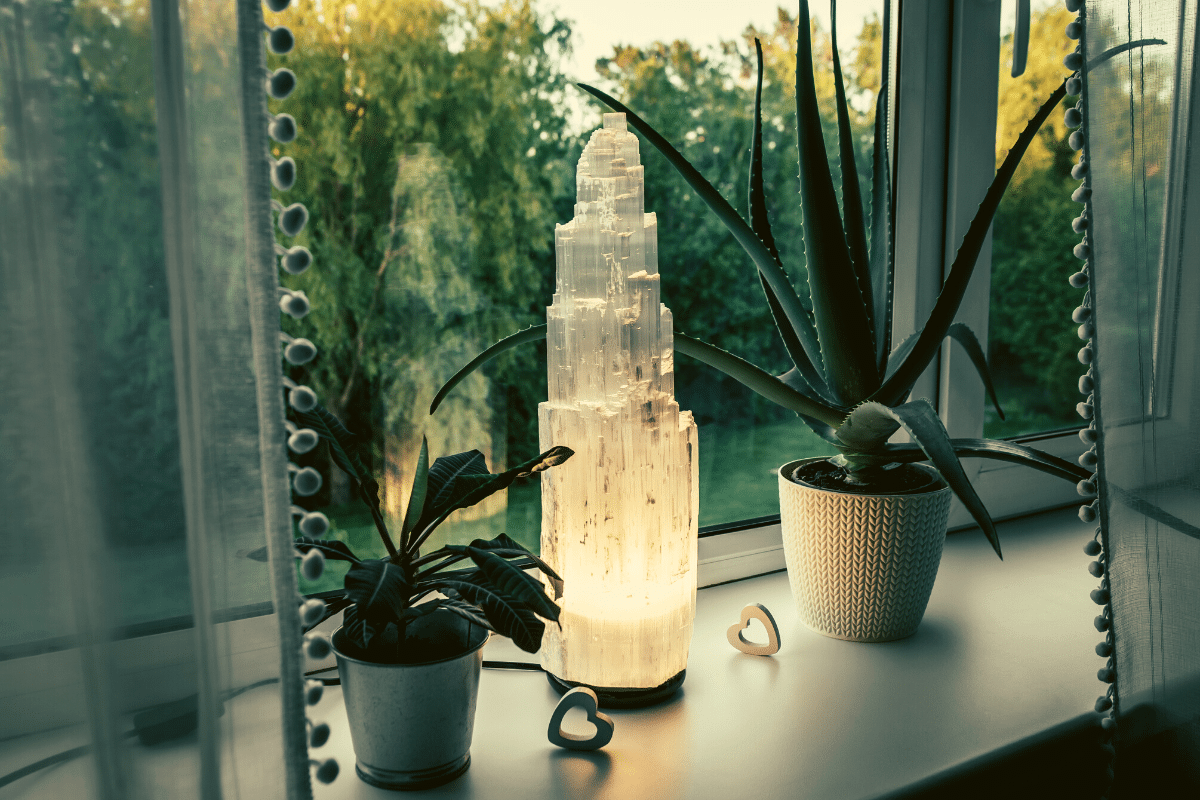
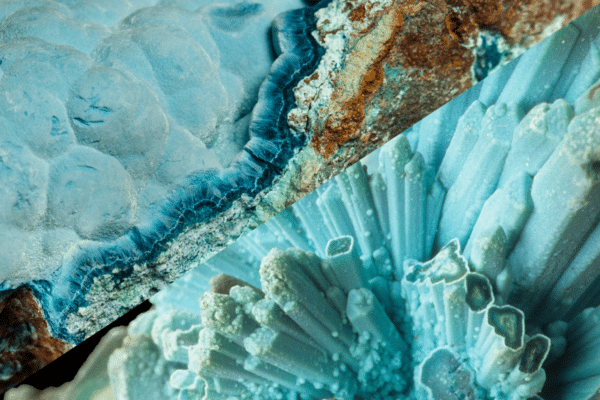

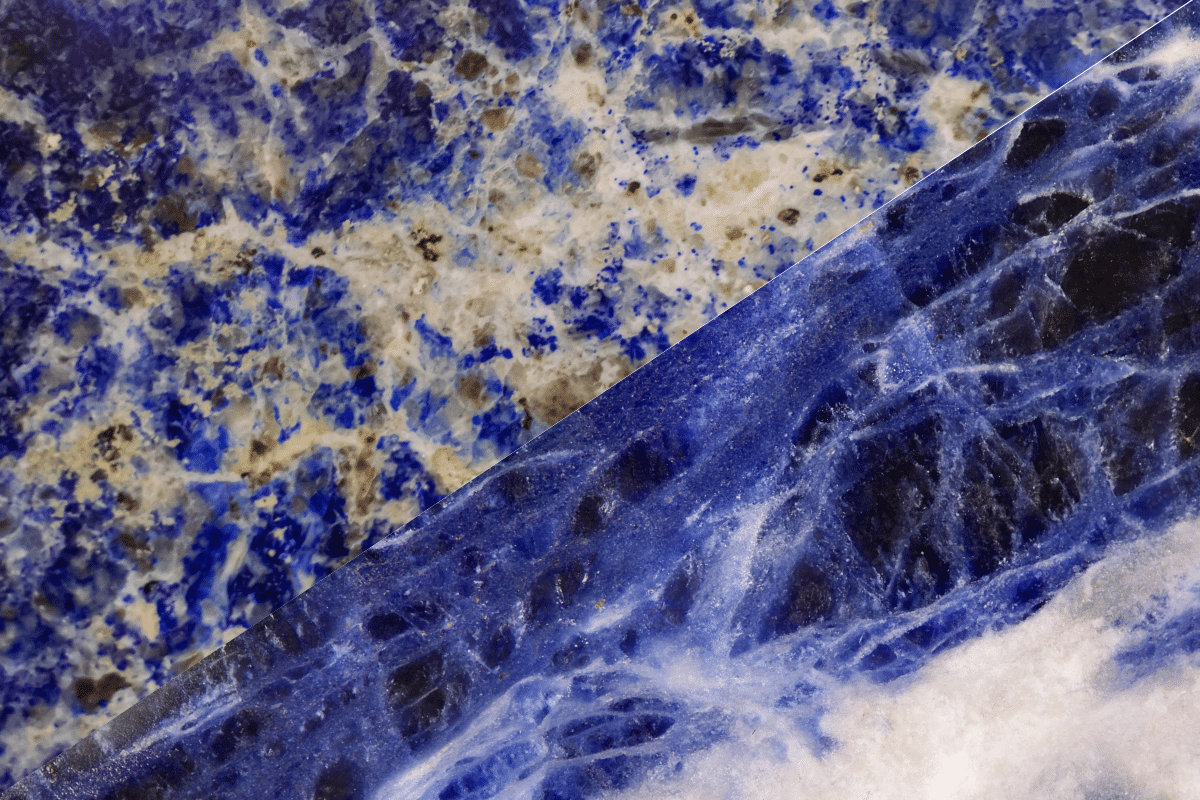
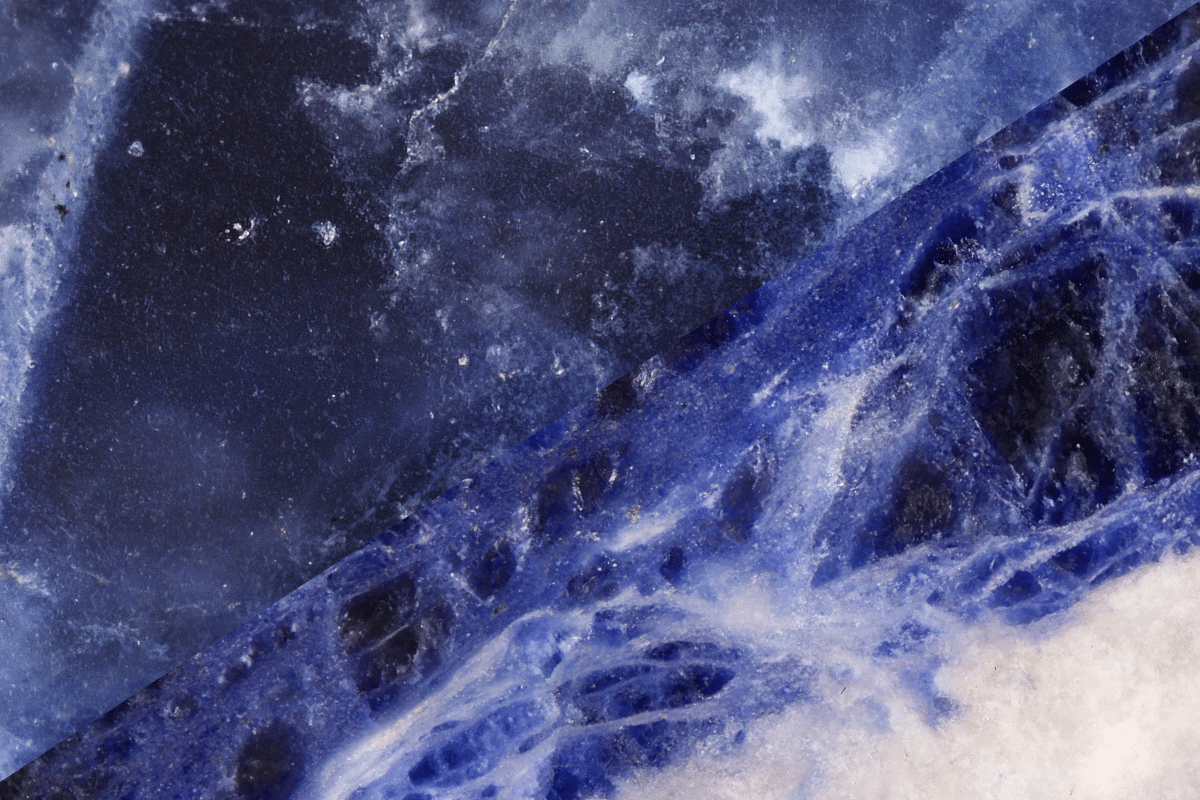
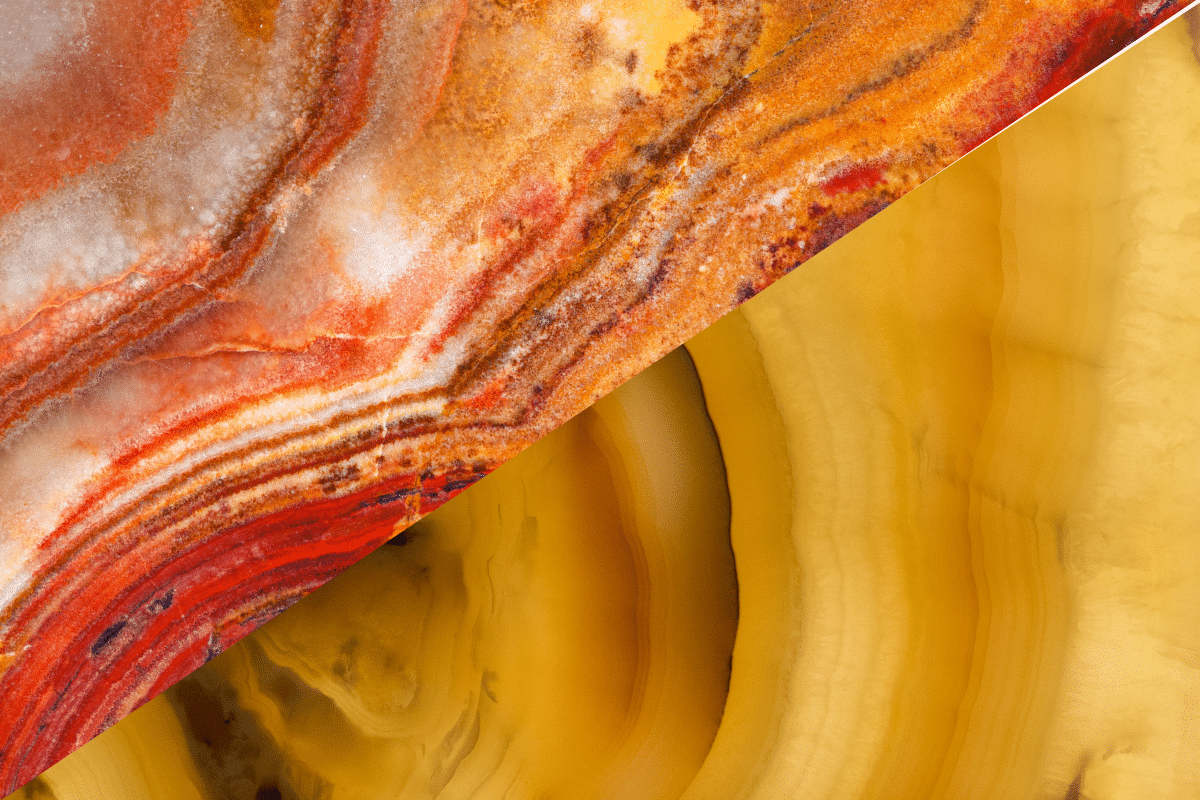
3 Comments